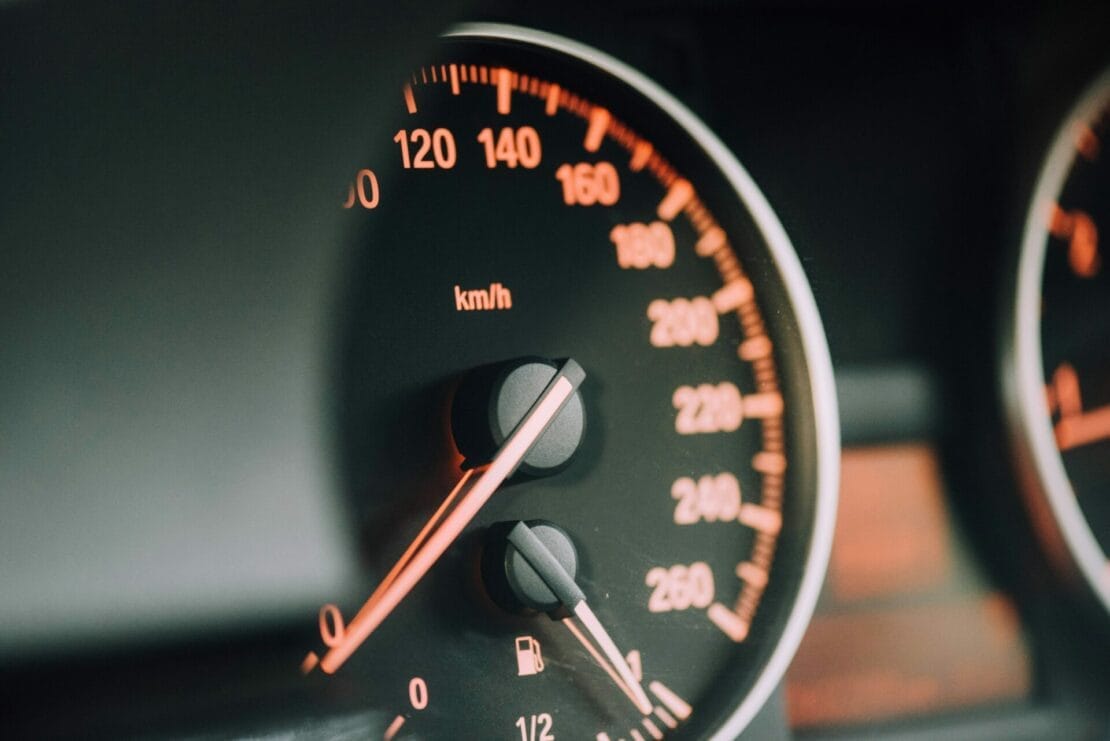This article features all our most commonly asked questions about motorhome winterisation. Including what winterisation is, and what is involved in preparing your vehicle for it’s winter storage.
What is winterisation?
Winterisation is term used when it’s ready for your motorhome to go into storage over the winter period. To ensure your motorhome is kept in good condition there is several winterisation steps you need to consider.
Where should I store my motorhome?
For most people the choice of where to store a motorhome over winter depends on whether there’s room at home or if you have to store your vehicle remotely.
Wherever you store your motorhome, consider the security measures in place to make sure your motorhome is protected. Here are some recommendations.
Indoor Storage: One of the best options is indoor storage. A climate controlled garage or dedicated storage facilities allow your vehicle to be protected from outdoor weather conditions.
Covered Storage: If indoor storage is not available, consider covered storage. This could be a carport or a covered motorhome storage facility. This provides some protection from the elements and helps prevent snow accumulation.
Driveway: If you can, you can always store your motorhome on your driveway or a designated parking spot. Use a motorhome cover to protect it from snow, ice, and debris. Make sure the cover is designed for your specific motorhome size.
How do I prepare a motorhome for storage?
Preparing a motorhome for winterization is crucial to protect it from the potentially damaging effects of cold temperatures. Here’s a step-by-step guide to help you winterize your motorhome.
Read your manual: Refer to your motorhome’s owner’s manual for specific winterization instructions. Different models may have unique requirements.
Gather your supplies: Collect all the necessary supplies, including motorhome antifreeze, a water heater bypass kit (if your motorhome is equipped with a water heater), a compressor, basic tools, and any other materials recommended by the manufacturer.
Empty the water tanks: Drain the fresh water, gray water, and black water tanks completely. Open all faucets, including both hot and cold water, to allow the water to drain from the system.
Bypass your water heater: If your motorhome has a water heater, use the water heater bypass kit to divert antifreeze around the water heater. This helps conserve antifreeze and makes the winterization process more efficient.
Flush Plumbing System with Antifreeze: Connect a food-grade hose to the RV antifreeze container and use a hand pump or the built-in water pump to pump antifreeze through the entire plumbing system. Open each faucet, including showerheads and outside faucets, until the antifreeze flows out. Don’t forget to flush the toilet until antifreeze is visible in the bowl.
Winterize Appliances: If your motorhome has appliances like an ice maker, dishwasher, or washing machine, follow the manufacturer’s guidelines for winterizing these components.
Empty and Winterize Holding Tanks: Ensure that the gray water and black water holding tanks are completely empty. Pour motorhome antifreeze into each tank to prevent any remaining liquid from freezing.
Check and Protect Exterior: Inspect the exterior of the motorhome. Close all windows, vents, and access panels. Cover the exterior vents with motorhome vent covers to prevent pests from entering.
Remove Batteries: If possible, remove batteries from the motorhome and store them in a cool, dry place. Alternatively, use a battery maintainer to keep them charged during storage.
Elevate Tires or Use Tire Covers: To prevent flat spots on the tires, consider elevating the motorhome with levelling blocks or using tire covers.
Store in a Suitable Location: Choose an appropriate storage location, as mentioned in the previous response, and park the motorhome in a level position.
Secure the Interior: Remove any perishable items and valuables from the motorhome. Ensure that all doors and windows are tightly closed.
Regular Check-ups: Periodically check on your motorhome during storage. Look for signs of leaks, pests, or other issues. If possible, start the engine and run it for a short period to keep the fluids circulating.
Remember, the key to successful winterization is thoroughness. Take your time, and follow the manufacturer’s recommendations.











